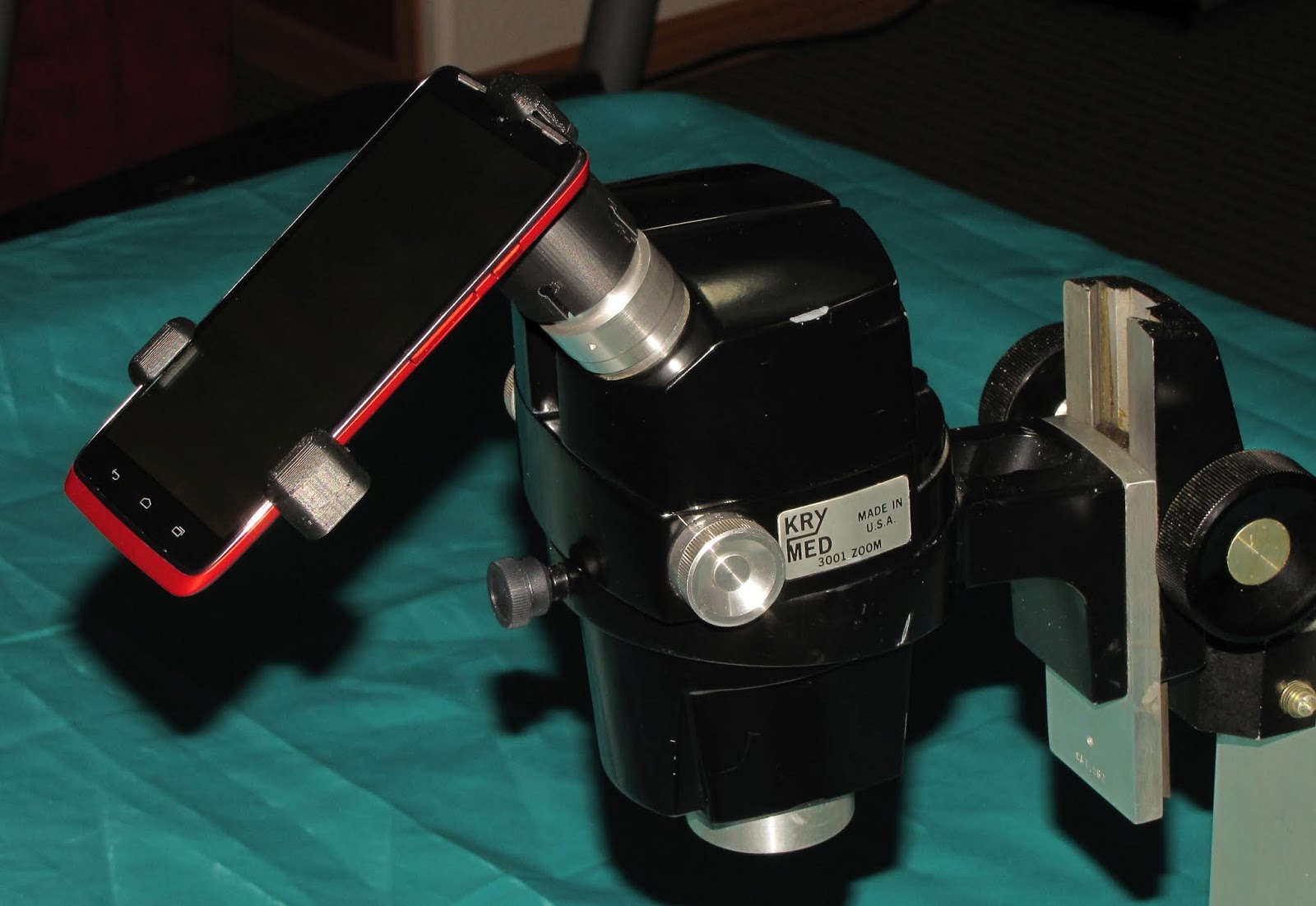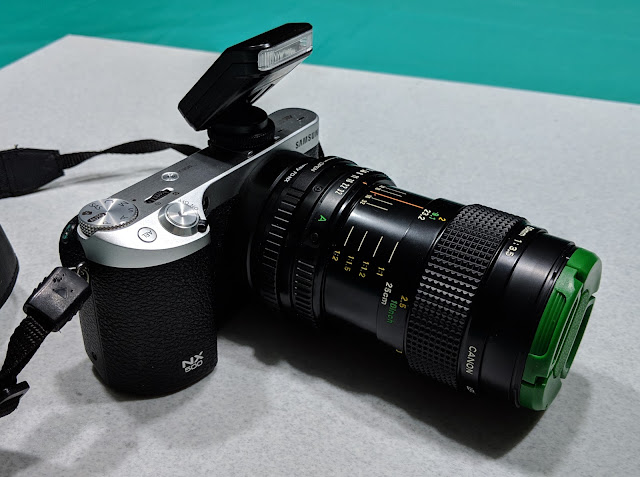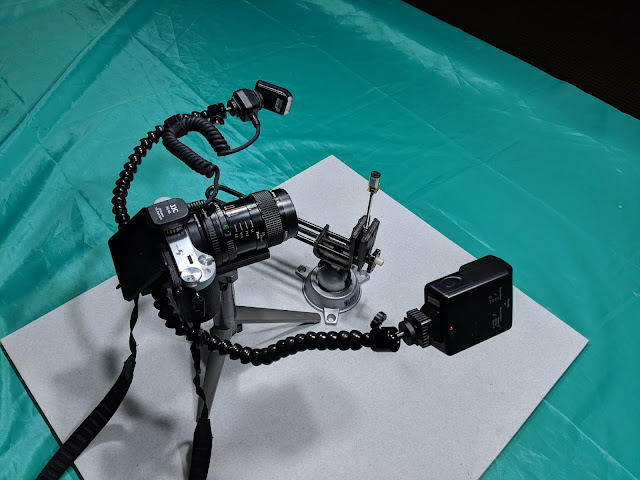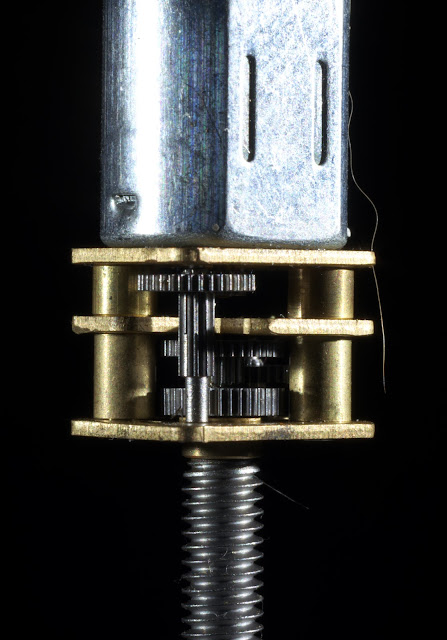Macro Lens for Close Up of Printed parts?
-
Hi,
Slightly off topic for the printers but I am dusting off my Canon EOS 450D and would like advise on a cost effective macro lens for close ups. I've seen you can spend hundreds on these lenses, but happy to live without features like image stabilisation as it will be sat on a tripod and remote triggered.
Any one with hints? I am slowly reading up but it has been a while since I looked at the camera so habing to re learn a lot!
-
This post is deleted! -
Found some good info on here:
https://photographylife.com/macro-photography-tutorial
So from the looks of it to get good close up pictures of surface defects etc I want a 1:1 lense or better. Focal length of approaching 100mm would make taking the photo easoer without casting shadow etc. Apeture f rating lower is better, but since subject will be well lot that is less of an issue. Second hand definately the way to go & just make sure it fits!

Sound about right?
-
You may reconsider using a reversing ring. These are inexpensive and mount a standard lens , preferably a non zoom, in reverse, to allow closer focusing.
-
You can also 3d print your own reversing ring (-;
-
I bought a Fotasy adapter ring for my Samsung NX500 camera for about $10 and then picked up a Canon nFD 50 mm macro lens via ebay for about $90 with the extension tube to get 1:1 from it. You can buy a lot of old Canon 35mm lenses for reasonable prices if you do some careful searching. Adapter rings are readily available for most camera and lens brands.
When you put one of those old lenses on a digital camera, you'll have to set the aperture and focus manually, but when shooting macro you pretty much always have to focus manually if you want the right thing in focus. Aperture is always going to be stopped down or you'll get no depth of field. You're going to want to use a small tripod to hold the camera and some sort of stand for the print - long exposure time is normal.
Pick up a couple cheap LED spot lights from Ikea to light things up.
Be wary of old lenses shipping from Japan. Japan's weather is conducive to growth of fungus and old lenses that aren't stored properly will have fungus on the glass that will reduce image sharpness and contrast.
If you have an inspection microscope you can easily print an adapter to fit a camera or phone.

https://www.youmagine.com/designs/microscope-adapter-for-droid-turbo-phone
https://www.youmagine.com/designs/microscope-adapter-for-samsung-nx500-cameraYou can also get cheap clamp-on lenses for cell phones that will provide some real macro capability.
Here's the 50mm macro lens on the camera with the adapter ring. The camera has an APS-C size image sensor which captures only the central portion of the image from the lens, making the lens look to the camera like an 80 mm lens.

You can use the camera's flash, but you have to make sure it doesn't cast a shadow of the lens on the subject. It's often better to get some shallow angle lighting from the sides or top of the subject to enhance the details you're trying to capture in your image. For that you can use a slave flash that will trigger from the light of the camera's flash. The Sunpak PF20XD is a popular and cheap slave flash unit for macro work because you can step the power down and put it close to the subject. Alternatively, you can add a flash diffuser to the camera's flash that will get the light where you need it, though maybe not best for detail enhancement.
I use a dual flash bracket from China that I use with a Sunpak slave and an extended Samsung flash of the type that came with my camera. I was initially skeptical of the dual flash bracket, but the arms are very strong and they stay where you put them.

Here's an image made with the dual flash set-up and the 50mm macro lens:

-
How close up are you looking to get? Modern day cell phones do pretty well too. Here is a pic I just took a few days ago of a custom knob I made for a friend of mine using my google pixel xl which at this point is 3 series old.

-
Thanks all.
Struggling with the phones autofocus, probably white plastic causing the issue! I've got and EOS 450D that's been idle for too long and wanted to make better use of it.
I'll have another look at the adaptor rings, thanks. Essentially want to be able to get high detail images of 30x30mm on the focal plane, which I think is 1:1 territory on the lenses.